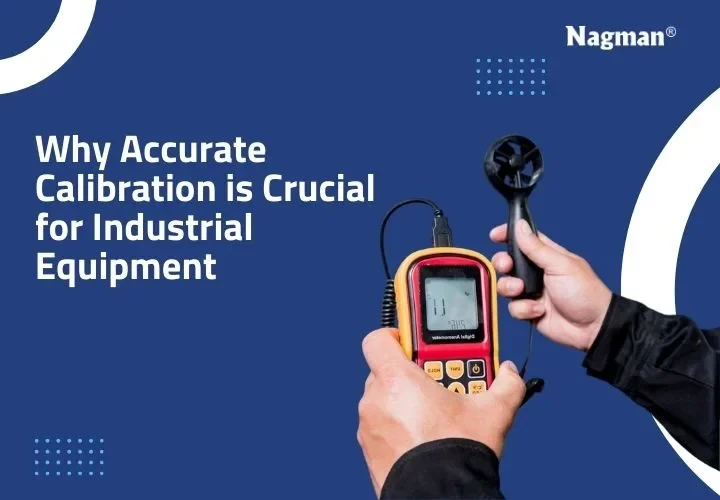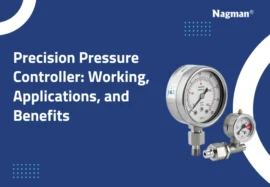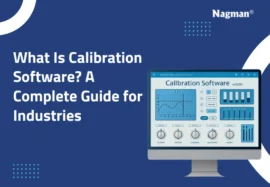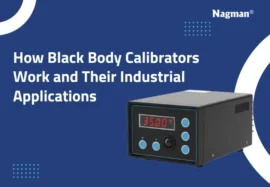Precision is non-negotiable in any industrial setup, whether manufacturing, processing, or research-driven. The smooth functioning of machinery, consistency in product quality, safety of operations, and compliance with global standards depend on one core principle: an accurate and multifunctional calibrator. This blog explores why precision calibration is more than just a routine task.
When Precision Fails: The Cost of Inaccurate Calibration
Lack of calibration of your instruments can have severe repercussions. Improper measurement affects all aspects, from raw material usage to product quality and safety. For example, in a pharmaceutical plant, an incorrectly calibrated temperature sensor may lead to the loss of entire batches of medicine. Miscalculating pressure or flow metres in the energy sector may cause energy losses or safety threats.
There are also cost implications, material wastage, and safety issues. Poor equipment calibration can lead to repairs, recalls, customer dissatisfaction, and regulatory penalties.
Meeting Standards: The Compliance Calibration Connection
Every business operates on some national and international standards, such as ISO, ANSI, or IEC. Calibration helps ensure that your equipment and processes do not fall short of the benchmarks. Compliance is not merely a way to stay out of legal trouble; it is also a way to remain credible and trustworthy in the market.
A calibrator allows technicians to test various parameters, such as voltage, current, resistance, and frequency, on a myriad of instruments. This makes calibration more all-around and effective since downtime is minimised. Furthermore, calibration software is critical because it keeps digital records of all the calibrations and offers traceability and proof of compliance for audits and certifications.
Calibration and Safety: A Critical Relationship
Safety is crucial in high-risk industries such as oil and gas, aerospace, and chemicals. Equipment that is out of its tolerance range can cause serious threats, such as explosions, leaks, or machinery failure. In this case, calibration is no longer an issue of performance; it’s a matter of safety.
Routine calibration with a calibrator ensures that pressure gauges, thermocouples and flow meters provide accurate readings, allowing operators to make safe decisions.
Maximising Efficiency Through Measurement Accuracy
When your instruments are calibrated appropriately, your processes are efficient. There’s no overproduction, underutilisation, or excessive use of energy. Rather than this, calibrated instruments enable processes to operate as designed, wasting less time and optimising resources.
A calibrator can simulate and measure different signals, enabling rapid calibration of various devices simultaneously. This minimises production stoppages and speeds up maintenance tasks. Paired with intelligent calibration software, industries can move toward predictive maintenance—fixing things before they break down.
Cost-Saving Benefits of Proper Calibration
Several organisations view calibration as a cost and not an investment. However, this way of thinking is usually costlier in the long run. Proper calibration minimises downtime, increases yield, and reduces energy consumption costs. It also helps to minimise waste in the form of raw materials or finished products.
The use of dedicated software can help companies automate their workflows, remove manual errors, and see trends or anomalies as they develop before they become expensive problems. Automation features will enable you to avoid missed calibrations and minimise the need for manual monitoring.
Product Quality Hinges on Precise Calibration
Whether it is food processing, electronics manufacturing, or automotive assembly, the quality of the product is directly related to measurement accuracy. Imagine an electronic component being put together because of a faulty measurement; it might work for a while, but it can fail when used by the customer, causing reputational damage and expensive recalls.
Regular calibration using a multifunction calibrator ensures that every sensor, gauge, or controller used in the production is accurate in its results and that quality is consistent, batch after batch, product after product.
Conclusion
Proper calibration is the backbone of a productive and safe industrial operation. Industries can safeguard compliance, optimise efficiency, and uphold product quality with the right multifunction calibrator. More importantly, accurate calibration ensures operations and personnel safety while significantly reducing long-term operational costs. Ignoring calibration might save time today, but it can cost you your reputation, safety, and profits tomorrow. Choose accuracy. Choose reliability. Choose regular calibration.






